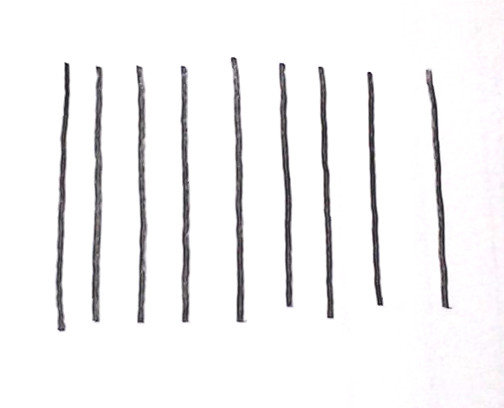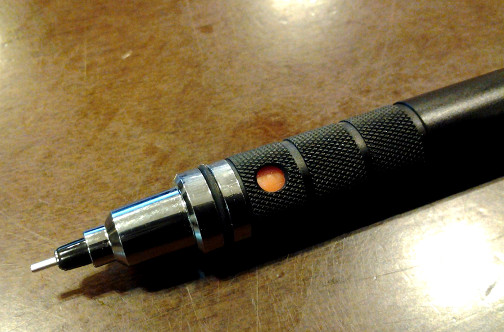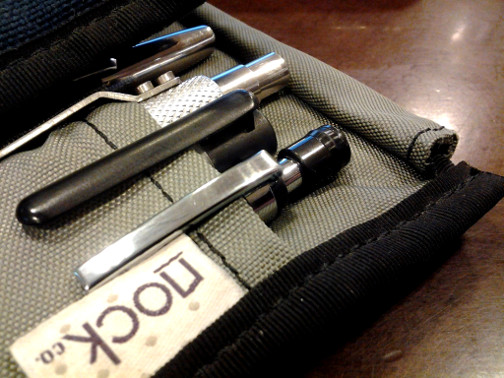Where I grew up, the cool guys didn’t have normal pencils. They either borrowed pencils when they came to class (because I always seemed to have extras they often came to me) or they carried, in their pockets no less, tiny little stubs of pencils that were barely more than a chewed eraser, a ferrule and a piece of lead. They somehow wrestled them around their assignments with their giant, work-roughed fingers.
In that environment, any person who didn’t already realize I was a complete geek became fully aware of it when I started using mechanical pencils.
I think I got one from my grandfather and another I may have bought or received as a gift. I remember them having thick lead, maybe .7 or 1.0 millimeter, which made them annoying because they never seemed sharp. I also remember using pencils with disposable nib units that you used till they were stubs, then you pulled out the spent nib unit and shoved in the top to force the next unit out. (Those were good only when they stayed sharp and if you didn’t lose a nib unit which rendered all the others useless.)
Since then, I’ve alternated between classic wood case pencils and mechanical pencils. After my experience with the doomed Rotring 600, I’ve stuck with a Uni Kurutoga Roulette in Gun Metallic.
The Uni Kurutoga is one of those Japanese creations that solves a problem that you didn’t realize was a problem until it was solved. It has a built in spring rotation mechanism that rotates the lead every time you pick up the pencil and, in theory, allows the lead to wear evenly and prevent one side getting flat and wide and forming a sharp point which is really important to people who worry about such things. (Artists, for example.)
I chose the metal version of the Kurutoga because most of the plastic ones were rather tacky (i.e. I’m not cool enough to use them) and they weren’t something you could use in a business setting without attracting a lot of attention and triggering a long discussion. I like the knurling on the grip section. It feels comfortable and, unlike the rubber grips on pencils I’ve used before, it doesn’t get sticky and start coming loose.
The anodizing has held up well, as has the mechanism. I also like that the mechanism makes the pencil thicker than a normal mechanical pencil, which makes it more comfortable for me to use. I’ve found that the mechanism acts as a kind of shock absorber that keeps the .5 milimeter lead from breaking. (In the lines pictures above, the regular pencil broke three times; the Kurutoga didn’t break once even though I was pressing harder.) It’s heavier than a regular pencil, which I also like.
My only complaints are very small. The eraser cap at the end is too short and when I try to pull it out of my Nock Co. Sassafras I often pull out only the eraser cap. Also, I don’t like the orange hole in the grip section. It mostly seems to exist to show off that the mechanism actually moves. (One part of it has a logo that appears and disappears as you use it.)
The Kurutoga is now a necessary part of my every day work carry. It not only records student absences and scores, it also, in several cases, decides their fates.




